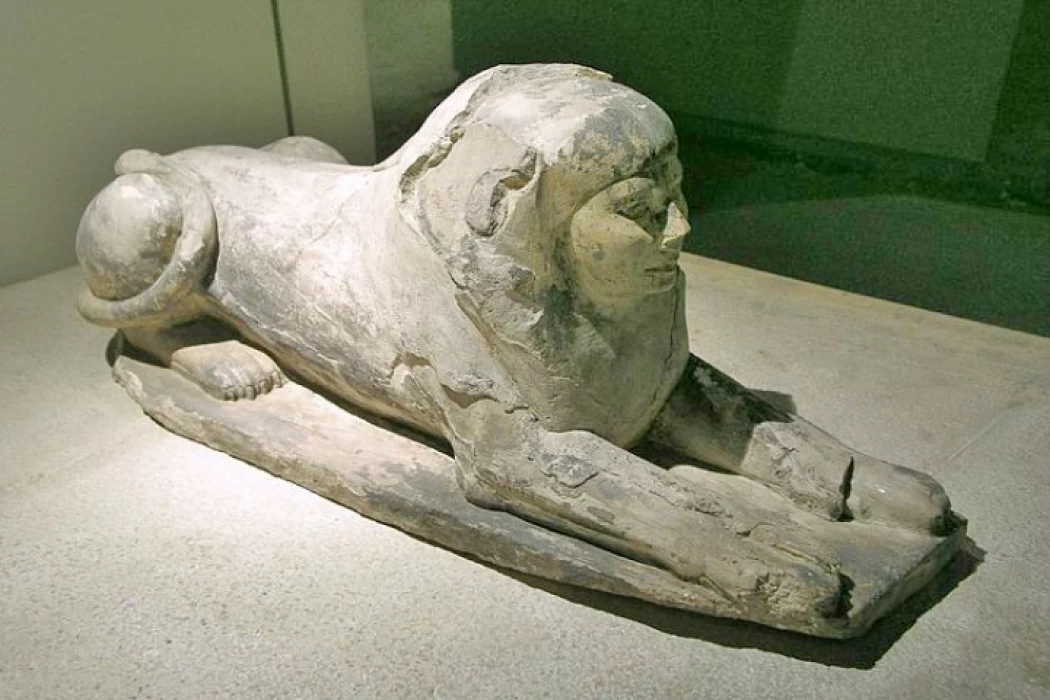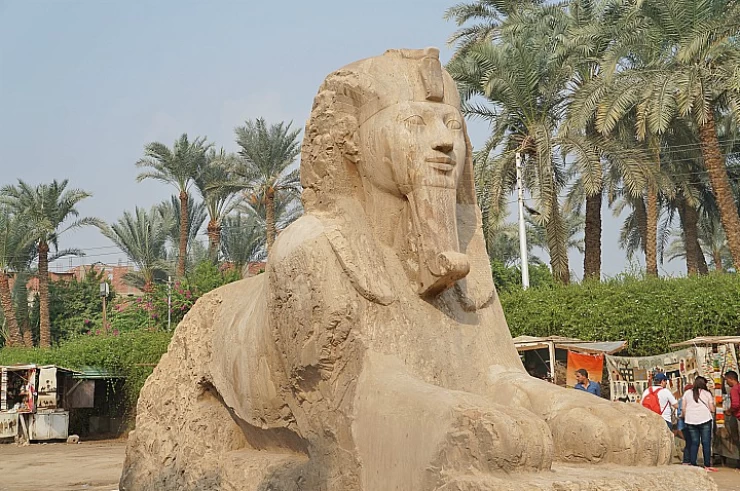
King Djedefre | Successor of Cheops
Successor of Cheops
First of all, Djedefre was the son of King Khufu and the half-brother of King Khafrê. Djedefre ruled Egypt after the death of his father Khufu for some 8 years. He ordered the construction of this pyramid. Little is known about his reign. However, inscriptions can be found in the Dakhla oasis. In the Libyan desert, we learn that he went on an expedition, as his father had done before him. His aim was to extract minerals for pigment manufacture.
He was the first to bear the name “Son of Ra (Sa-Ra)” in his royal title. An indication of the growing popularity of the solar god's cult. Not only in Heliopolis, but throughout the country. Perhaps the king's intention was to emphasize the concept of “son of God”, thus identifying himself with a divinity.
Secondly, he was not the legal heir to the throne. It was his half-brother Khafre who took power after his death. However, there is no archaeological evidence to support this hypothesis. After his death, Djedefre may have benefited from a cult and also appears in later royal lists. An illegal seizure of power is therefore ruled out.
This king leaves Giza in favor of Abu Rawash a few kilometers away. The burial complex consisted of a temple, a satellite pyramid, a rising pavement and a host temple. It is possible that the king’s sarcophagus is still under the ruins. The pyramid of king Djedefre in Abu Rawash in Egypt, He built his pyramid away from that of his father Cheops, about 7 km north in the area of Abu Rawash. It was an extension of the old cemetery in Memphis. And archaeologists have found tombs from the First and Second Dynasties.
In addition, he built the pyramid in limestone. It is clear that the wall contained many granite stones. Unfortunately, the Egyptians used the area as a career. In addition, the entrance to the pyramid is located on the north side and leads to a corridor descending 48 meters long. The corridor ends with a large burial chamber 21 meters long and 9 meters wide, the height of the room being 9 meters. Scientists have also found a hole for the king’s boat east of the pyramid. In addition, they found the heads of the statues of King Djedefre in this hole.
















